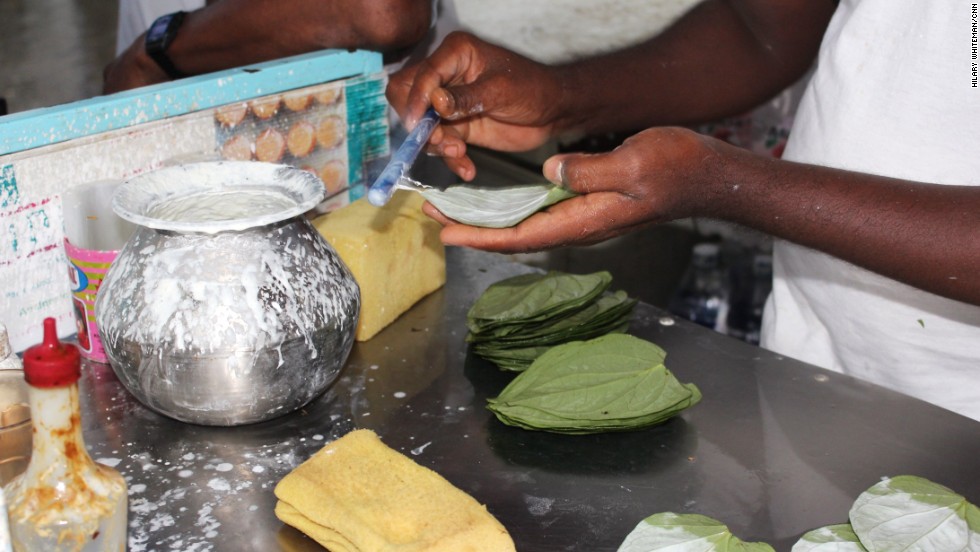The helthy leaf to be eaten after food
@shivamani10 (11035)
Hyderabad, India
April 18, 2016 4:06pm CST
In India, there is a tradition, though we do not want to call it as such by now in this Hitech age, to chew betel leaf. The betel leaf plays an important role as a post-lunch ingredient. Some people chew it to make their mouth turn red as a fancy.
In all social gatherings, it is customary to offer betel leaves to guests after a meal, lunch and dinner irrespective of the time.
Here, four betel leaves are arranged one upon the other and Calcium Carbonate (Chunna in Hindi, Sunnam in Telugu) applied over the top leaf. The entire four leaves will be folded along with a betel nut kept inside it The significance of it becomes more in marriages, functions, and other social gatherings.
The real purpose of offering betel leaves is, on one side to please the guest the other side has got in assisting digestion after a heavy meal. There are few who really prefer this method of offering as most of them are likely to prefer PAN/PAWN/ BEEDA (Telugu slang) the composition of which varies from place to place, state to state with ingredients mixed in it. There are many varieties like Rampyari, Meetha, jARDA, Saada, Kalkatha and many more. In some shops the ingredients include some intoxicants also which people prefer to keep themselves drowsy. But, these are very harmful and people become addicts to it once it is tasted.
Earlier, people below 25 years or who are unmarried were not supposed to eat betel leaves. Even the children were not supposed to chew them in front of elderly people as such act will be treated as showing disrespect for elders. But, nowadays everything is changing with time and neither the elders are not keeping their elderliness nor the children know how to respect elders nor they have any elders in their home to teach the values of life.
No responses





